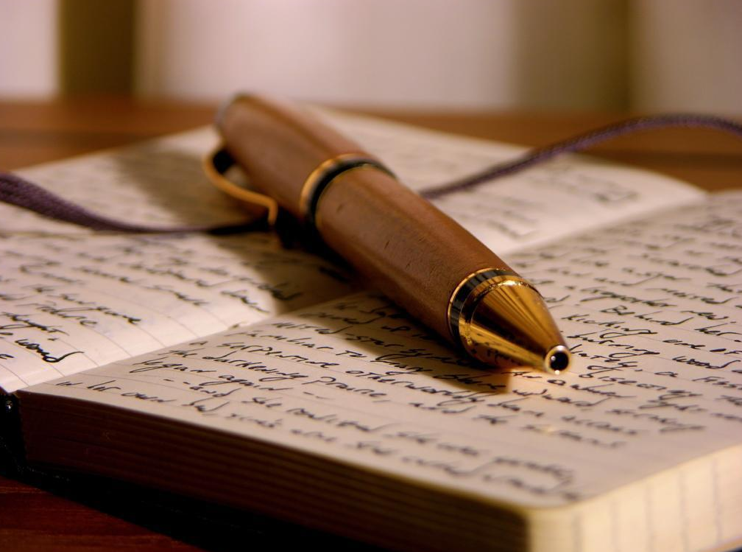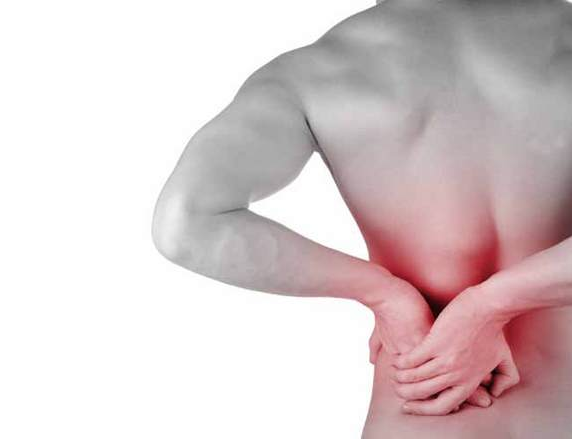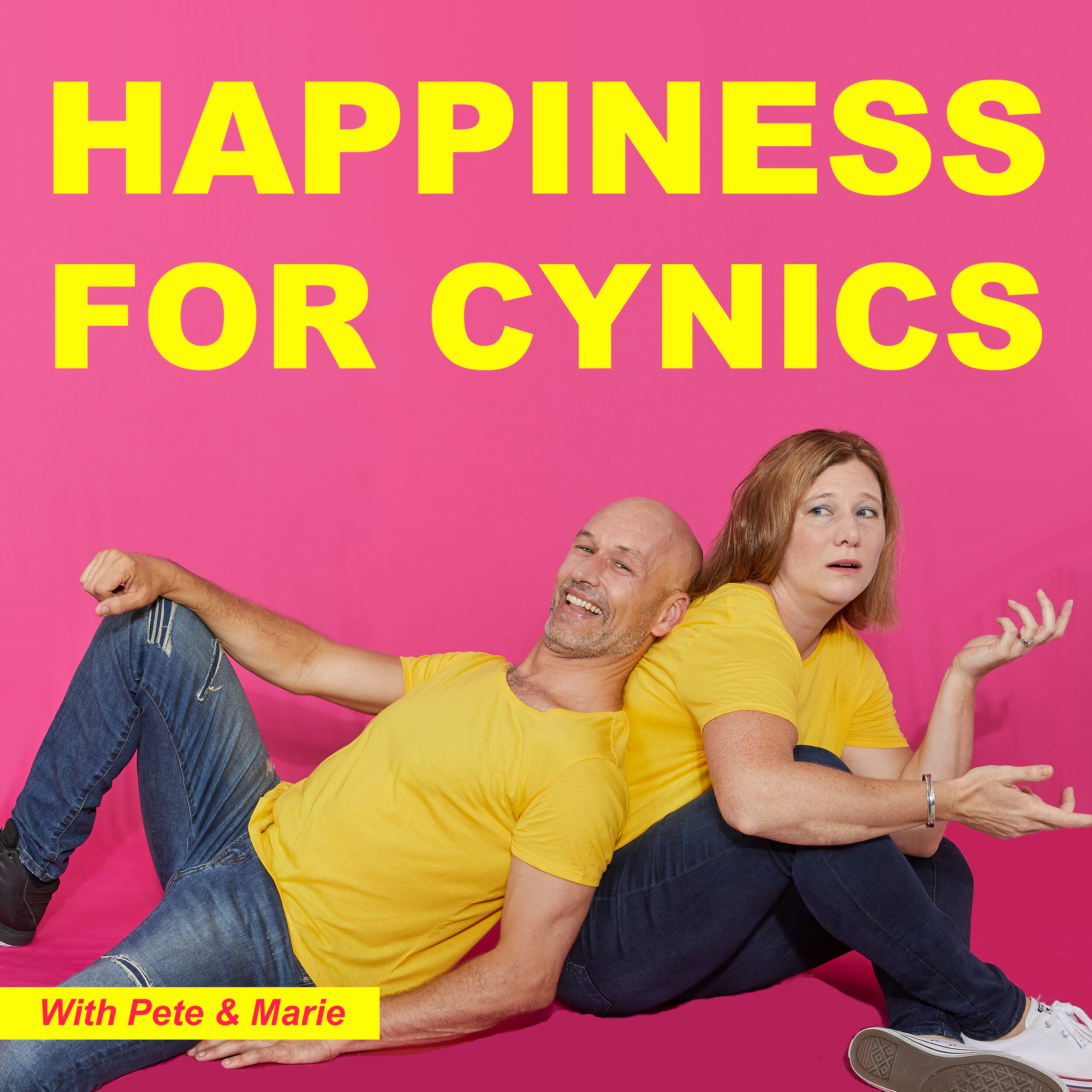The latest craze in athletic weekend warriors kit bag is the rather modularly designed pummellliing machine, the MASSAGE GUN. Open any facebook account and you will come across commercials with rippling, muscular bodies being ‘flubberpumped’ by these percussive prodders, vibrating flesh and muscles to jellylike consistency that the late Margaret Fulton would be proud of. “increased range of motion, decreased pain and increased recovery time” are the claims and prophecies of these promotional campaigns featuring these new and wonderful devices
Now I am a traditionalist when it comes to therapy, rehabilitation, recovery and athletic management. I’m a traditionalist who harkens to the old fashioned techniques that usually involve effort and comittment on behalf of the athlete. to promote circulation, stretch out shortened muscles and tendons and promote the flow of nutrient rich blood to assist with waste removal and nutrient delivery. Place a device in front of me that takes the responsibility away from my own commitment and neatly packages it in an easy to use and effortless application and my face is likely to take on the expression of Maggie Smith as the Dowager Countess in Downton Abbey. Sceptical of technology? Perhaps. Questioning of spurious claims of pain free administration? Yes. Disinterested in new developments? No. Judgemental of fads? COMPLETELY.
I will be the first person to put my hand up to have my opinions challenged and my viewpoint changed. Technology is amazing and what it achieves and continues to achieve in our understanding and manipulation of the medical field is on an exponential scale. But are these new devices a new advancement or just another fad to come along and covet hard earned dollars from the millions of gym bunnies our there seeking a pain free active lifestyle and better recovery?
Percussive therapy has been around for thousands of years. It’s used in Chinese Medicine to stimulate stagnant Qi, in Ayurvedic medicine as a diagnostic tool and as part of manual therapy treatment since manual therapy began documentation . Tapotement is the specific term that has been coined by manual therapists for the percussive and rhythmic percussive movements that have primarily been used to move mucus from the lungs and treat such conditions of humors collecting in the body. This stimulatory technique is a well based swedish massage tool that has been widely used and and administered in manual therapy since Swedish Massage was first formally credited in the 1860’s with Johann Georg Mezger.
So whilst this is nothing new, the application of a mechanised gun to administer these techniques and the ‘revolutionary’ efficacy they claim is perhaps worthy of my dignified attention. The idea of percussive manual therapy to move fluid and promote blood flow, I can see how this would benefit and promote recovery. However some of these massage guns are sold on the premise of being able to produce up to 50psi of pressure and applied over all muscle groups to promote “deep massage therapy”.
Pressure is not what it’s all about in manual therapy. The more pressure doesn’t necessarily mean the better the treatment. If that pressure or power isn’t directed in the right alignment of muscle fibres (striations) or controlled in specific directions to maximise release of a shortened fascicle or group of fibres, you may actually be over stretching or over straining an already compromised structure. I would propose that in the hands of some overly enthusiastic exercisers, this type of tool could create more issues than it helped. The vision of someone coming into my clinic with bruising up the inside of their leg because they pulled their adductor in a sprint and thought “oh that’s ok, I’ll just massage the crap out of it and I will recover” is one that I can easily forsee being an occurence.
Manual Therapists promote that percussive techniques should be performed on ‘fleshy and dense muscular areas of the body’ and yet I have seen promotional videos of these guns being used on scapula bones and on cervical areas! This scares me. Sure it’s great to have a way of applying pressure and power but blasting away at a anatomical structures without understanding the nature of possible trauma in the name of recovery may not be of primary benefit. It could actually make a painful symptom worse or do further damage. If you have microtears or local trauma, you don’t necessarily want to go blasting away in there as like a frayed rope, you will only cause further trauma to the local area.
Now it would appear that I am completely anti-percussive therapy. I’m not. I recognise that percussive massage technique is going to promote blood flow to sore and tired muscles. In the case of DOMS and treating that soreness that comes from a particularly taxing session. Yes I can see how this type of therapy could be applicable and have you feeling great to go forth and conquer more.
However, the efficiency of these machines is yet to be proved. There is evidence in research to promote that vibrational therapy has a place in the prevention of DOMS related pain.
“Vibration provides stimulation to muscle spindles and increases its afferent activities. Vibration and TENS both reduce the perception of pain through same mechanism of pain gait theory [22]. This lead to increase in background tension and motor unit activity synchronization in the vibrated muscles [23,24] that prevent sarcoma disruption or damage to excitation–contraction coupling
Now VIBRATIONAL THERAPY again is different to percussive therapy. In my research I did find a lack of information or study on the effects of 'PERCUSSIVE’ therapy so I am drawing a parallel here.
However the effiiciency of greater pressure or speed of application is yet to be proven. The promotion of certain products over the other that claim “the more violently it percussed on my body, the less pain I felt.” (Dr Jason S Wersland - inventor of the Theragun Pro). The scientific evidence is yet to support claims that this creates a better effect and to quote Dr Charles Kim of NYU Longone Health Rusks Rehabilitation Centre, “though there is some truth that different frequencies may have different effects on how muscles heal and relax, there’s no compelling research at the moment saying that one frequency of vibration or amplitude is better or more efficient than another” In short the evidence that is available for greater amplitude of one frequency or application is anecdotal at best.
Another consideration is that whilst the claims of these guns promote muscular relief and recovery, what is it doing to other structures such as fascia: our delicately balanced and vital connective tissue structure that supports so much of what we do as movers? Impact is trauma. Administering deep impact with violently percussive strokes may be good for our muscles, but it is going to create tension in fascia as it begins to contract to ‘protect’ the body from possible damage from impact injury? Fascial adhesions are the little brother of muscular pain and DOMS but in terms of movement and motion, it is perhaps more important to consider what effects you may be having on these structures. Beating your fascia up isn’t going to help you move better.
In short I believe that yes, percussive therapy is going to help with the alleviation of symptoms of DOMS and muscular tension. However, percussive therapy on it’s own is not going to be the most efficient way of treating this condition and ensuring that recovery itself is paramount. Shaking bits around doesn’t equal the most effective way to recover. Much as the claims of 1960’s vibrational belts claimed to ‘tone and tighten a lady’s derriere’. Yes they provided some muscle tone, but not more than a few good squats every day for 4 weeks would have done.
So whilst we have a new tool on the market that is going to probably take over from the Foam Roller as the new must go to accessory. It will provide some benefit on recovery and a taxing gym session - the claims of being a must have accessory that will help you to go longer and harder is anecdotal at best. I still stand by the tried and true recovery of movement, light exercise, stretching and working the pain through in a recovery session. Even when you do feel like contemplating calling a cab halfway through.



